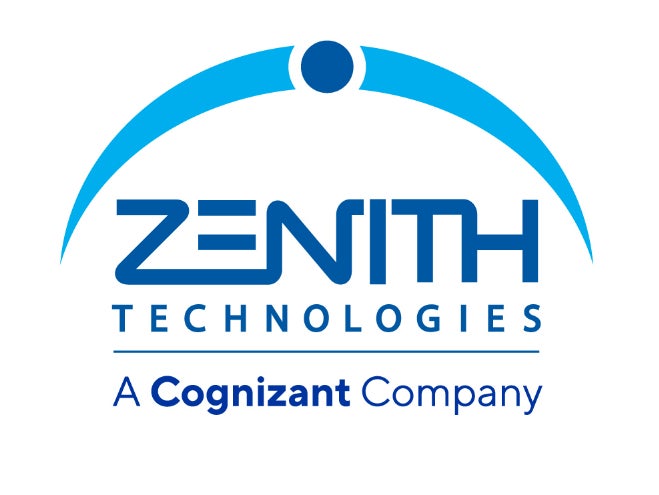Pharmaceutical companies in the US and the EU are currently preparing for new serialisation requirements to enter into force. However, a number of companies are under-prepared and are unlikely to achieve compliance in sufficient time.
Several countries already have serialisation regulations in place, providing companies who are yet to implement a serialisation solution with examples of best practice to guide their own process.
There is still time to act ahead of the introduction of the European Falsified Medicines Directive (FMD) in 2019. In a piece for Contract Pharma, serialisation director at SEA Vision US Carlos Machado outlines some of the key learnings from companies who have faced challenges in implementing serialisation in the US and highlights Turkey as a best practice example of serialisation in operation:
1. Complacency is counterproductive
At this stage in Europe’s journey towards serialisation compliance, complacency is the single biggest cause of potential failure. Not making decisions or issuing purchase orders for the necessary serialisation technology is going to have serious repercussions when you find your efforts are too late. The worst thing any company can be is idol.
There was a time and a place as long ago as ten years where smaller organisations could sit back and let the larger pharmaceutical players become the early adopters. That time has passed. Those companies that remain reactive instead of proactive in their serialisation preparations are destined for failure.
2. Mindset over matter
On the whole, companies in the US have taken a solid project management approach to meeting the new requirements. This mind-set, which recognises the importance of detail and forward planning, is crucial to navigating the complexities of serialisation. A thorough approach that considers the entire lifecycle of the implementation is more likely to succeed. Companies in Europe should look to the US project management practices and consider taking the same approach to maximise success.
3. Communication is critical
As the US deadline looms closer, many companies are realising the importance of involving their entire organisation in serialisation preparations. For example, quarterly meetings with representatives from validation, quality, supply chain, IT, manufacturing, and marketing have become more commonplace and should be adopted in Europe.
In fact, as the deadline is now less than six months away, larger organisations are finding that weekly discussions have become necessary. Perhaps the most important piece of advice is to look internally and build a recurring model of communication so all relevant parties have full project visibility.
4. Do not underestimate the complexity
In practice, lot level compliance in the US has required a more substantial investment in IT infrastructure and staff resources than first anticipated. Companies that need to meet the EU requirements should look to the US as a blueprint for what needs to be done, including guidance on necessary timeframes, level of investment, and resources to achieve compliance.
Taking the time to scope out your programme, including how many sites, production lines, and products will be affected by regulatory changes, will help to limit surprises along the way. Formulating a user requirement specification (URS) prior to project kick-off will help to focus your efforts. It is also important to develop a comprehensive program roadmap, outlining timelines, key milestones, and deliverables.
5. People power
Establishing a dedicated taskforce to drive your serialisation project forward makes sense for most organisations and clearly defining who will lead the group is critical to ensuring proper governance. Ensure team members understand their role and how much time they need to dedicate to the programme outside their core job functions. Determine if you have a serialisation subject matter expert (SME) in place and if not, seek out an SME from a consulting company.
Remember to engage vendors and implementation partners as part of your serialisation team, leveraging their track record and expertise. This will maximise collaboration and implementation effectiveness.
6. Future proof your serialisation set-up
From November 27, 2017, manufacturers supplying drug products in the US must affix or imprint a human interpretable and unique standardised numeric identifier (SNI), packaging lot number, and expiration date on each drug package and maintain records of this data for six years. However, this is just one step in securing the pharmaceutical supply chain and protecting against counterfeit medicines, with subsequent updates to guidelines to follow.
From November 2018, re-packagers must also encode drugs in the same way as manufacturers.
From November 2019, wholesale distributers will only be able to engage in transactions involving pharmaceutical products that are encoded with the SNI, packaging lot and expiration date required of manufacturers and the same requirements will apply to dispensing organisations from November 2020. In fact, it is not until November 27, 2023, ten years after the enactment of the DSCSA, that full track & trace requirements will come into force.
The message here is to be prepared for evolving regulatory requirements and take a forward-thinking view. Many companies in the US are already taking the 2023 deadline into consideration and implementing technologies and processes with the flexibility to adapt to new requirements.

